Tiling starts today!
nhbaskets
11 years ago
Related Stories
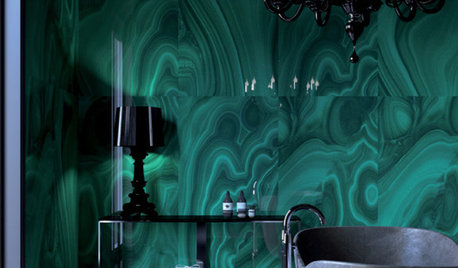
MATERIALS5 Edgy Trends in Today's Tile
Take a walk on the wild tile side, with unexpected designs for walls and floors courtesy of the Coverings 2013 show
Full Story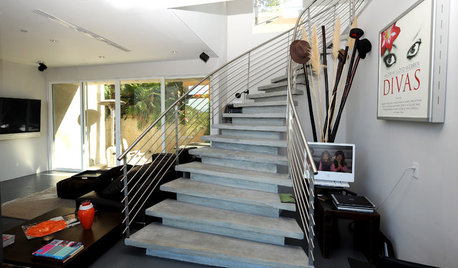
REMODELING GUIDESToday's Concrete: Warm and Wonderful
7 Things to Like About Using Concrete in Your Home's Interior
Full Story
CRAFTSMAN DESIGNHow Arts and Crafts Style Beautifies Today's Interiors
Based on beauty and purity, this movement from more than a century ago is still influencing design elements in home interiors
Full Story
DECORATING GUIDESPaper Chase: Wallpaper Through the Ages to Today
Get on a decorating roll with a wall covering that's been around for centuries but comes in more exciting designs than ever
Full Story
DECORATING GUIDES7 Renaissance Design Features Right at Home Today
Your home may be taking design cues from the Medicis, from a single silk pillow to a sky-high ceiling over that four-poster bed
Full Story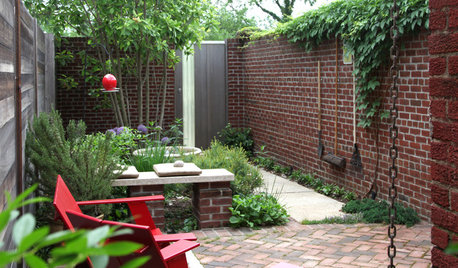
LANDSCAPE DESIGNHow Brick Fits Into Today’s Gardens
Natural brick is often considered a traditional building material. Here’s how people are using it in contemporary gardens too
Full Story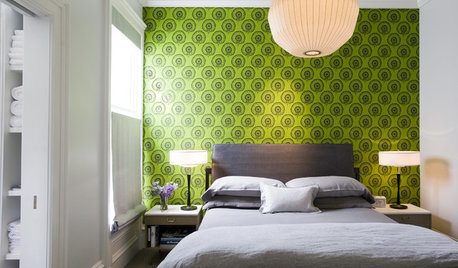
GREAT HOME PROJECTSConsidering Wallpaper? Here's How to Get Started
New project for a new year: Give your room a whole new look with the color, pattern and texture of a wall covering
Full Story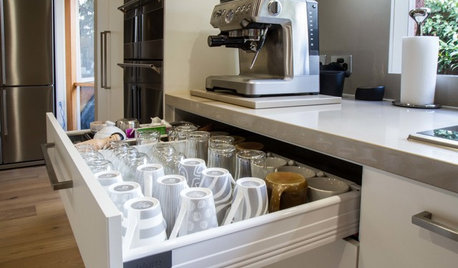
KITCHEN DESIGNToday’s Coffee Stations Have All Kinds of Perks
Some of these features are so over the top that they will give you a jolt
Full Story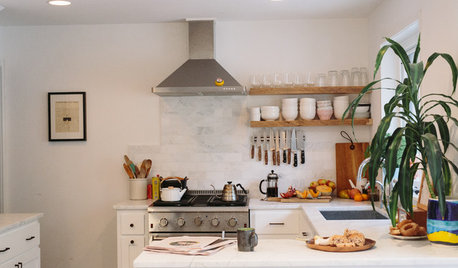
HOUZZ TOURSHouzz Tour: New Love and a Fresh Start in a Midcentury Ranch House
A Nashville couple, both interior designers, fall for a neglected 1960 home. Their renovation story has a happy ending
Full Story
REMODELING GUIDESWhat to Consider Before Starting Construction
Reduce building hassles by learning how to vet general contractors and compare bids
Full Story






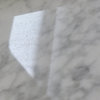

barbcollins
cat_mom
Related Professionals
Georgetown Kitchen & Bathroom Designers · Northbrook Kitchen & Bathroom Designers · Woodlawn Kitchen & Bathroom Designers · Beachwood Kitchen & Bathroom Remodelers · Lynn Haven Kitchen & Bathroom Remodelers · Pasadena Kitchen & Bathroom Remodelers · Atlanta Glass & Shower Door Dealers · Napa Glass & Shower Door Dealers · Springville Glass & Shower Door Dealers · Hammond Cabinets & Cabinetry · Plymouth Cabinets & Cabinetry · Warr Acres Cabinets & Cabinetry · Whitney Cabinets & Cabinetry · Chicago Window Treatments · Fraser Window TreatmentsnhbasketsOriginal Author
barbcollins
bill_vincent
nhbasketsOriginal Author
bill_vincent
nhbasketsOriginal Author
bill_vincent
nhbasketsOriginal Author
bill_vincent